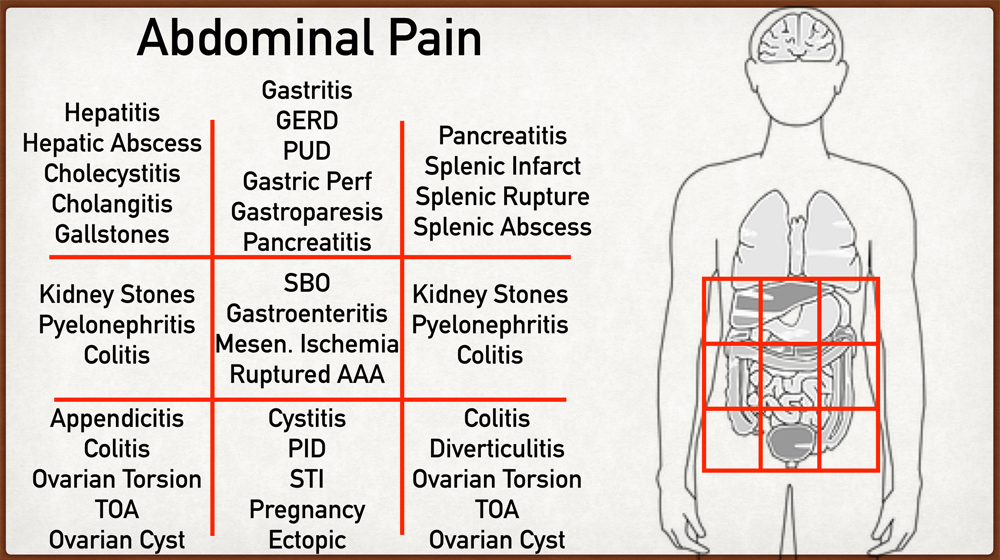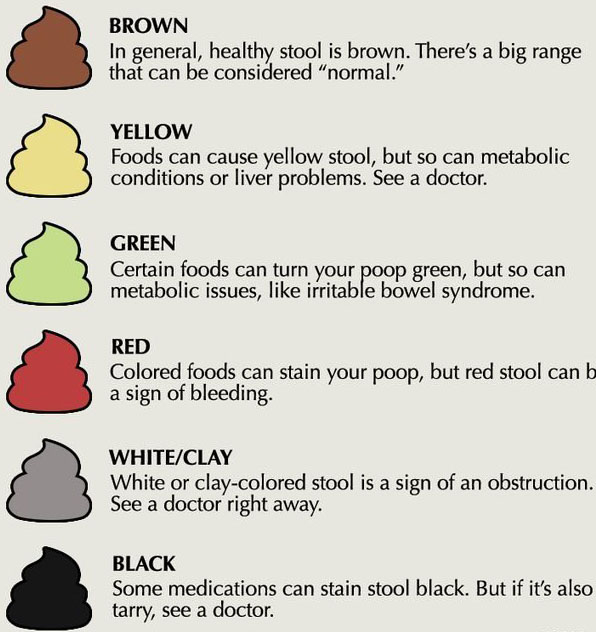History & Physical Of Acute Abdomen Patients
Published .
Ok, So Where Does It Hurt?

Just figuring out exactly where the patient is experiencing pain is a logical first move to being able to figure out the nature of the patient’s problem. Unfortunately, the emergency department is not really in a position to perform definitive test for conditions related to the abdomen. They are primarily looking at the problem the same way EMS looks at all problems, which is rule out the worst case scenario (appendicitis, inferior MI, abdominal aortic aneurysm, GI bleed). Nonetheless the patient with gallstones is likely to go to the emergency department, get discharged, then call 911 to go to a different hospital. Having the ability to make an educated guess as to the nature of the patient’s condition could pay large dividends in terms of resolving the patient’s problem (so they won’t call 911 again).

After finding the location of the pain, the medics should look for accompanying symptoms. Accompanying symptoms can provide valuable clues to the nature of the patient’s complaint. Medics should look for the following accompanying clues:
- Nausea/Vomiting – When a patient experiences abdominal pain, they will also complain of nausea/vomiting. What could make a difference is the how much they have been vomiting or if there was any blood in the emesis (hematemesis).
- Change Bowel Habits or Character of Stool – Constipation, Diarrhea, and history of dark tarry stool help the patient tell the story about their abdominal pain.
- Urination – Inquire about pain (or burning) during urination. Also helpful is asking the patient to note the frequency, color, or odor of the urine. If the patient wanted the medics to see the urine, it’s possible they didn’t flush the toilet after their last trip to the bathroom.
- Weight loss
- Belching or flatulence
- Concurrent chest pain
- Tenderness (pain with palpation) or guarding
- Distention
Pediatrics Have Abdominal Pain Too
Inquiring about bowel and bladder habits when assessing a pediatric patient will provide clues about hydration. Constipation is often the result of dehydration. Dehydration can present with increased output from vomiting and diarrhea. GI bleeding is fairly easy to see in diaper wearing pediatric patients. A fever and abdominal pain my suggest appendicitis.
